Located far away from other European capitals, Lisbon opens up its heart only to the most avid travellers. Let’s see what one of the oldest capitals in the world has to surprise its visitors.
Lisbon is a city lying on seven hills. In our travels, we have already visited the other cities located on the seven hills – Rome and Edinburgh.
First of all, Portugal is known for its relatively inexpensive fresh seafood, a true pleasure for a gourmet. At a supermarket,large fresh shrimps cost as low as EUR 10 per kg, while large sardines is EUR 8 per kg only. In a café, you would pay 1.5 times more and the portions served would be much smaller. We strongly recommend you to take you time and cook yourself to enjoyPortuguese delicious seafood at home. Make sure youtaste the traditional Portuguese dried and salted cod fish called Bacalhau. It can be found everywhere, in any supermarket. Don’t forget about a bottle of Portuguese wine… Local stores have a very good selection of wines to serve every taste and budget. We opted for light Portuguese sangria which is more like a juice than a wine.
As we did not have a lot of time for Lisbon, we shortlisted sights we would like to see. The first point was the Lisbon Oceanarium. The admission fee is EUR 17 for adults and EUR 11 for a child aged 4-12 years. If you take at least a slightest interest in the sea life and the life of sea inhabitants, you definitely should visit this place to explore various forms of the ocean life. There are more than 100 species of fish and several species of mammals, such as kalans and penguins. You can also see here a moon fish,a rare inhabitant of aquariums as it is very demanding to its environment. A few oceanariums only host such creature. We were excited to look at a sea devil, known also as manta. Besides, there are lots of curious skates which would be happy to smile to your camera. Jellyfish, sharks, sea dragons, and many other creatures will certainly be interesting for both adults and kids. The aquarium is made in the form of a large cone filled with water and is easily visible from all sides and all floors. For an additional fee, you can stay here at night to explore behaviour of sea animals.
While in Lisbon, you will definitely see two bridges across the main artery of Portugal – the Tagus River. The first one is the 25 de Abril Bridge that is best seen from the foot of the Christ the King statue. This bridge crosses the confluence of the River Tagus into the Atlantic Ocean. If you drive to Lisbon from the south shore – Almada, you have to pay EUR 1.65 as an entry fee. When you leave Lisbon, you pay nothing. The traffic is very dense here at any time of the day and sometimes may be very slow at times. The 25 de Abril Bridge reminds the Golden Gate Bridge in San Francisco, USA.
The second bridge is a cable-stayed bridge named Vasco da Gama Bridge, the longest bridge in Europe. To get the bridge we had to make a little detour around Lisbon. The bridge is 17.2 km long, and when you running the bridge, it seems endless. It was opened in 1998 to celebrate the 500th anniversary of the discovery by Vasco da Gama of the sea route from Europe to India. When you enter Lisbon from Almada, you pay EUR 2.70; you pay nothing when you drive in the opposite direction. The construction of the longest European bridge took just a year and a half, an all-time record, given the complexity of the construction project. The bridge was designed to hold up an earthquake estimated at 8.7 on the Richter scale. The deepest foundation piles were driven down to 95 meters.
We found the Christ the King statue as one the most impressive attractions in Lisbon. The Statue stands on the south bank of the Tagus River overlooking the 25 de Abril Bridge. If you arrive to Lisbon by air, you will certainly see it, and its size is really impressive. However the idea of the construction of this monument appears to be utterly prosaic – it is nothing but envy. In 1931, Rio de Janeiro, the capital of Brazil, was proud to open a huge statue of Christ the Redeemer constructed to celebrate its Independence Day. The monument stands on the hilltop. Three years later, Rio was attended by Cardinal Patriarch of Lisbon Manuel Cerejeira who was impressed by the Rio’s statue and would like his hometown have the same or even better as a former colony could not have a statue better or bigger than one to be built in the Portuguese Kingdom. It took a long time to raise funds based on the principle: “Every little bit helps”in support of the construction project. The first stone was laid down in 1949; however the official opening ceremony took place 10 years later. Some may think the statues in Rio and Lisbon are significantly different in size, but it is not true. With its 28 metres, the Portuguese statue is lower than that in Brazil by 2 meters only. However their arm span is the same– 28 meters. The face of Portuguese Christ is 4.05 meters vs. 3.75 meters of Brazilian Christ. With pedestal85 meters high, the Lisbon statue can be seen from all over city. Although the statues are similar by size, the Brazilian statue was declared one of the Seven New Wonders of the World.
You can get the pedestal of the Christ King statue for free but should pay EUR 5 per adult ticket to get to the feet. But it’s worth it to enjoy incredible views from a height of 85 meters. The statue overlooks the bridge, and if you have binoculars you can even see the Pena Palace in Sintra in a clear day
Everyone who arrives in Lisbon visits the famous Cabo de Roca, the westernmost extent of continental Europe. It is 40 km westwards from the capital. As expected, a beautiful lighthouse stands on the cape to lighten the ocean at night. The rock on which the lighthouse stands is 140 meters above the sea level. There is a stele with location of the point and inscription: “Here, where the land ends and the sea begins…”Here you feel the strong power of the ocean – the wind is furious, and huge waves are crashing against the shore rocks. Make sure to bring your wind jacket – you might feel very uncomfortable there because of the strong wind. Remember to be very careful because the beautiful ocean landscape can turn your head and you may easily stumble down. In 2014, a terrible tragedy occurred there with a Polish family. Trying to make their best selfie, a couple fell off a cliff into the ocean, and their two kids, 5 and 6 years old, were left on the shore.
Another unique place is not far from Lisbon – Boca de Inferno or Devil’s Throat in English. This place is known for waves crashing against the rocks with an incredible roar. Waves here can be as high as ten metres. The legend says that there wasan evil wizard who destroyed everything around his castledue to his unrequited love, and the area turned into a pile of stones. We expected to see huge waves, but, to our regret, we sawcalm and peaceful ocean. Honestly speaking, we were a little bit disappointed with what we have seen but did enjoy the beautiful scenery open from a viewing point near the Devil’s Throat. In winter, weather is severer here and viewing point is closed for safety reasons.
Portugal has always been an extremely dry region, and drinking water supply has always been a challenge for the city. This gave rise to aqueduct building throughout the country. Lisbon did not lag behind other cities and is known for its ancient aqueductFree Waters built in 1731-1748. Now it looks very unusual against city landscapes, but when you pass under it you will certainly admire the majesty and monumentality of this construction. It is 14 km long. With the special shape of arches, the aqueduct could withstand the strongest earthquake in 1755 which ruined the entire city Lisbon.
Frankly speaking, we did not really explore Lisbon in our trip – we did not have enough time to walk around the old town and enjoy its numerous cathedrals and parks.But even what we have seen was enough to make it clear:Lisbon is a city where you would like to come back again and again to understand it and feel it.
You may also like:
All You Need to Know Before Travelling to Portugal
Algarve Beaches: Are They Worth Visiting?
Sintra: Mysterious Oasis of Happiness

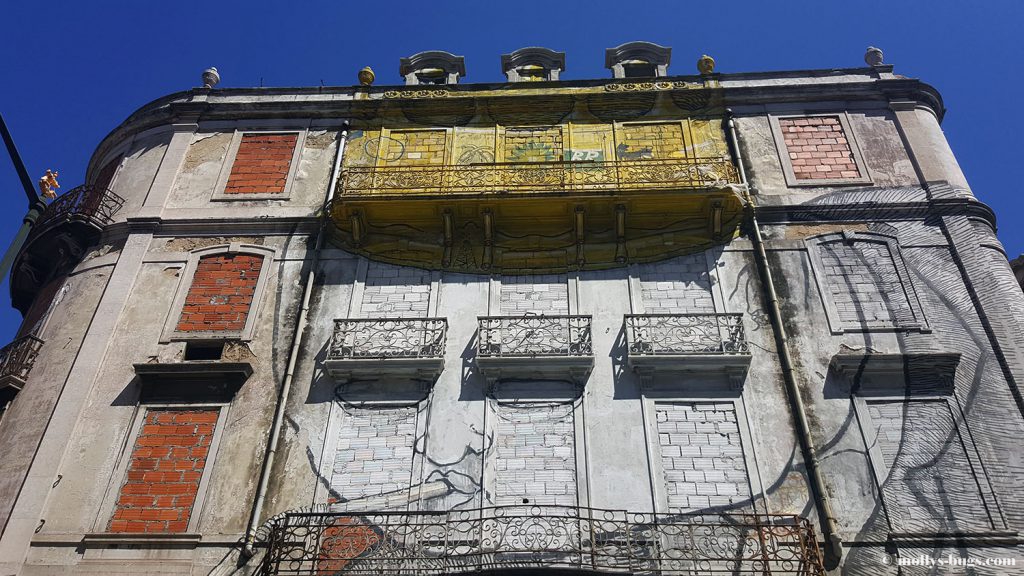


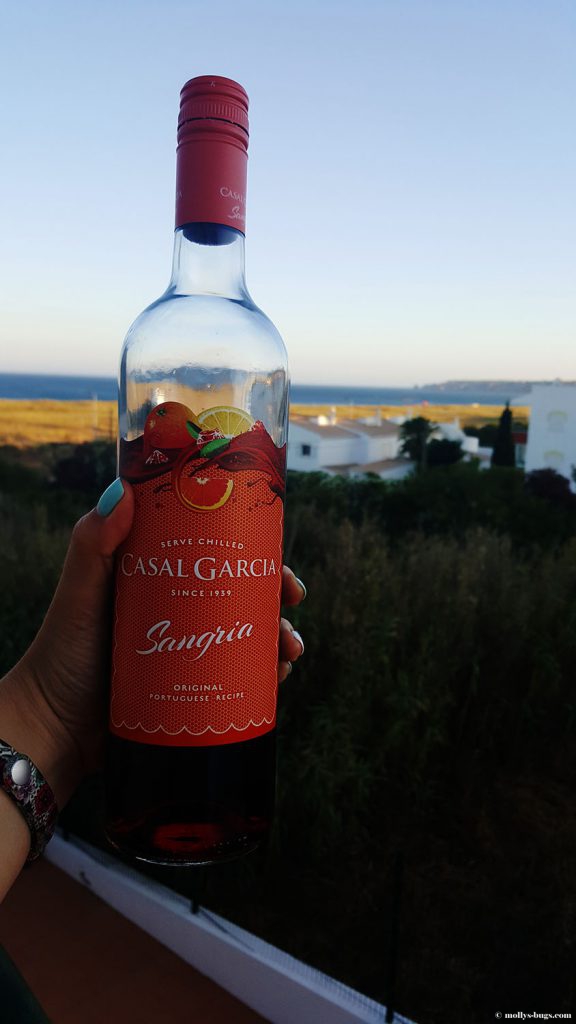


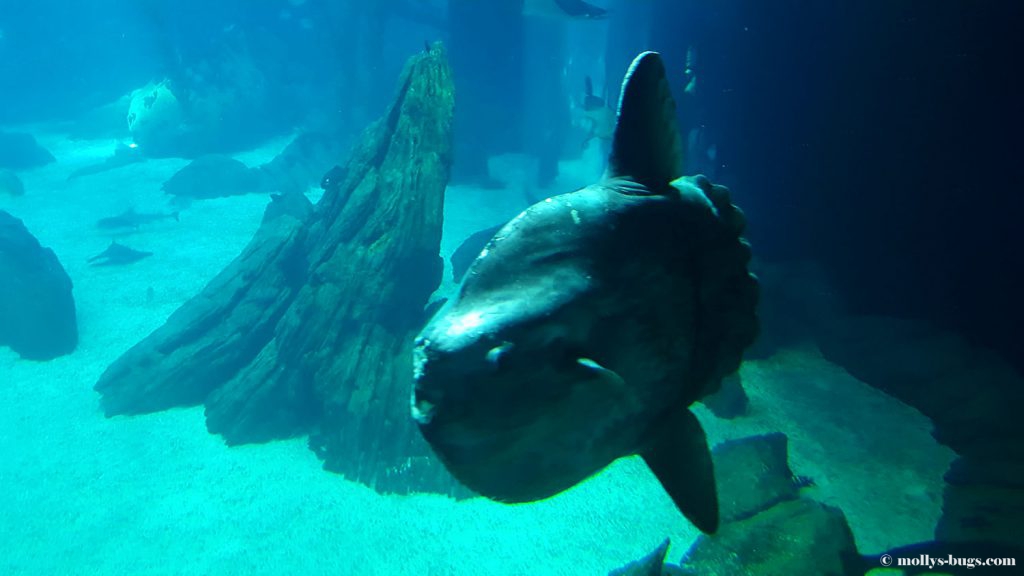
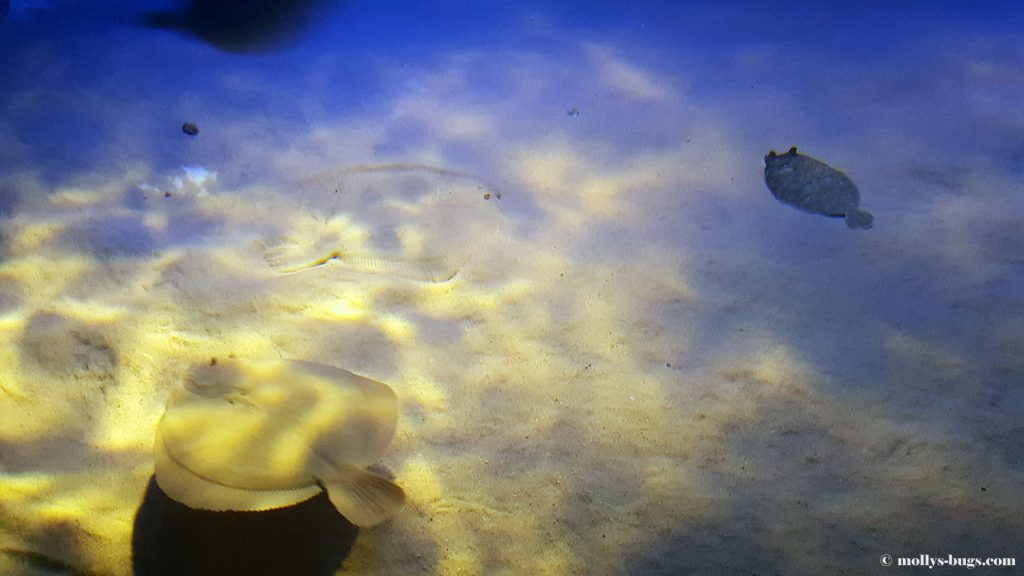


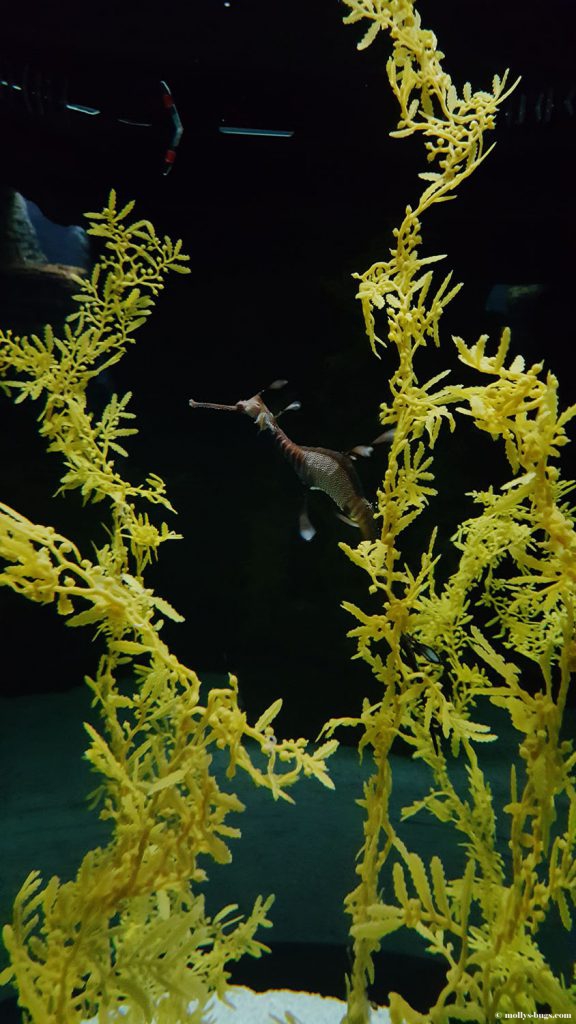
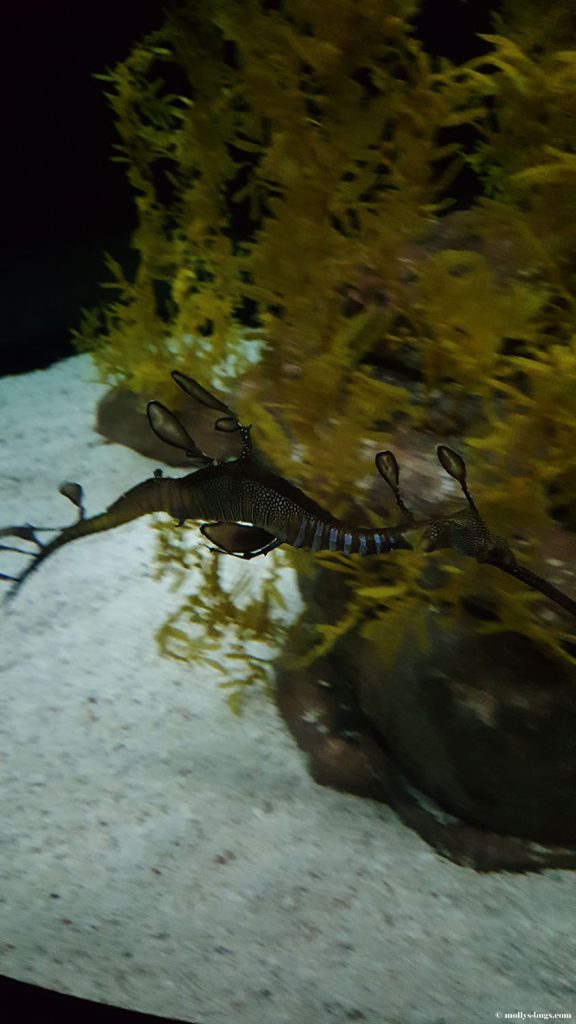
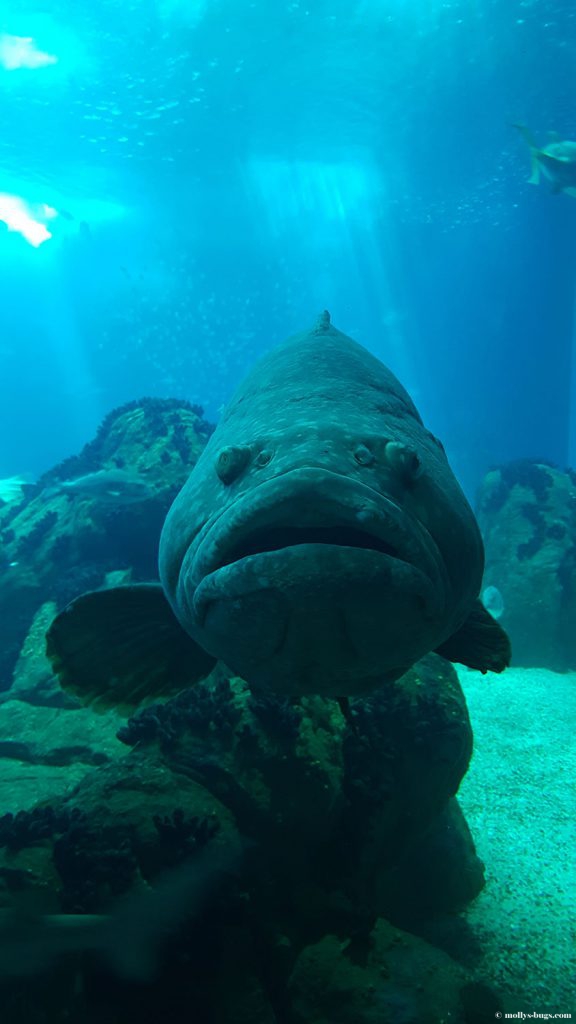
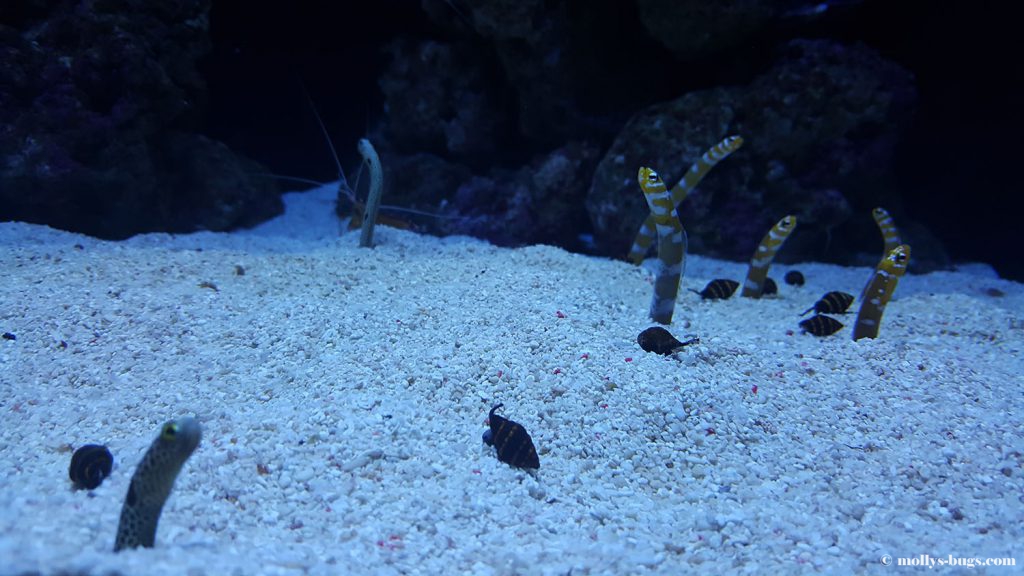
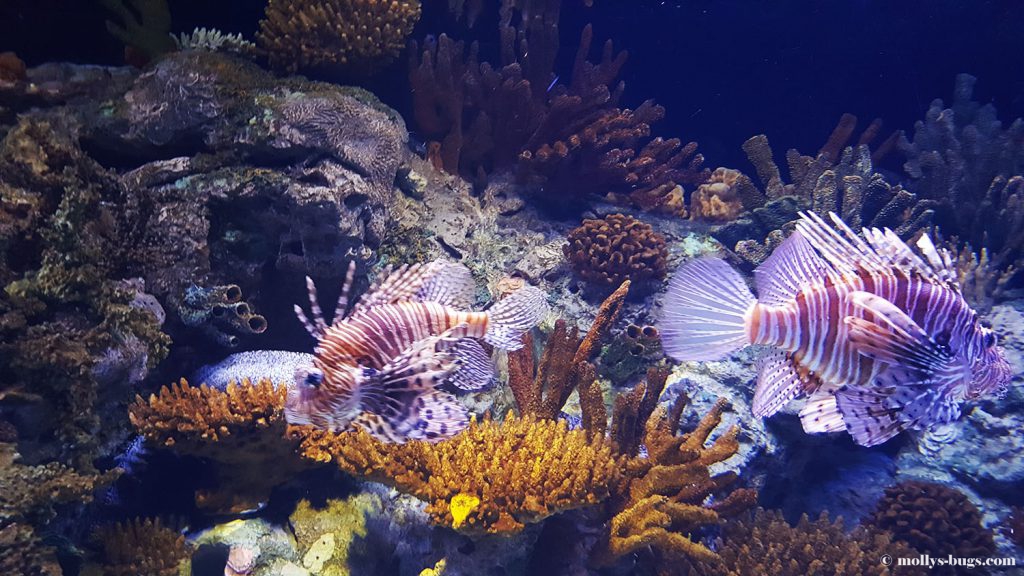
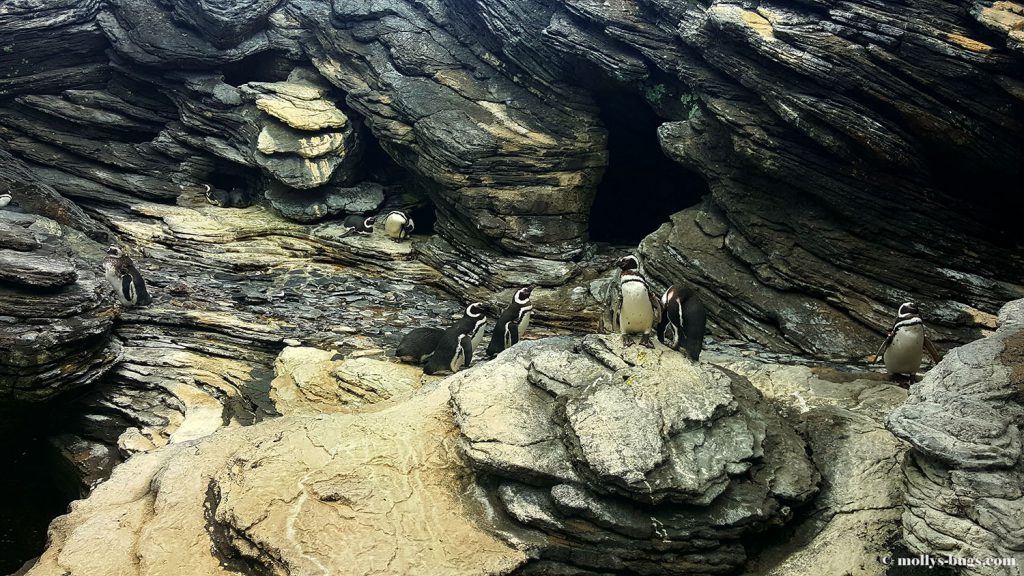
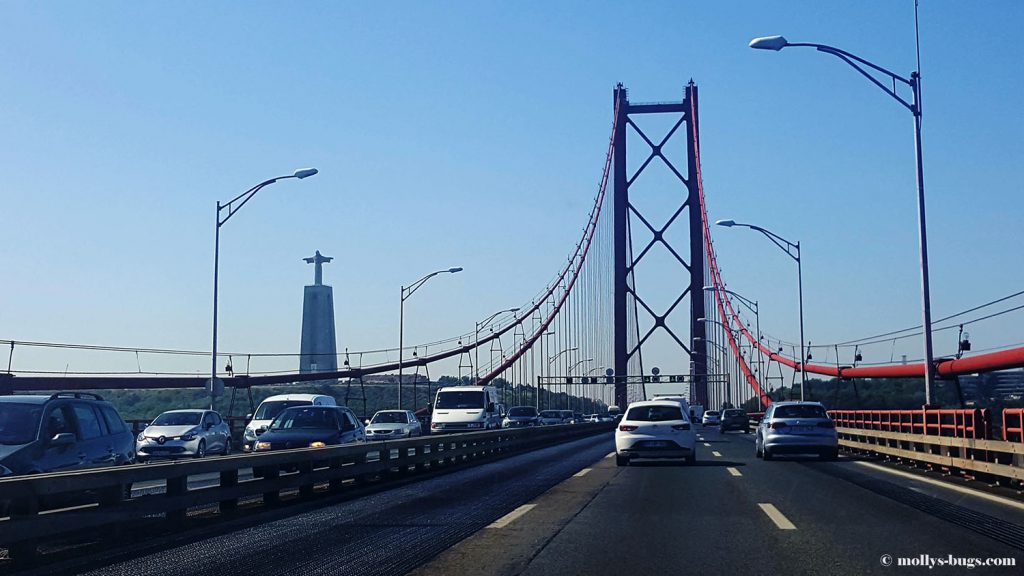
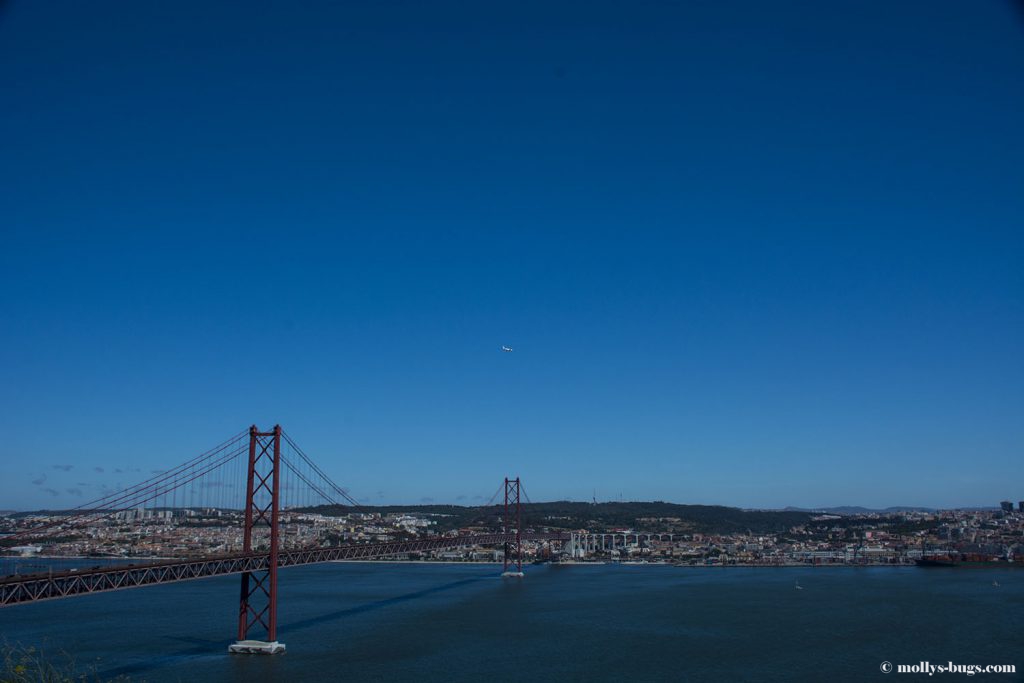
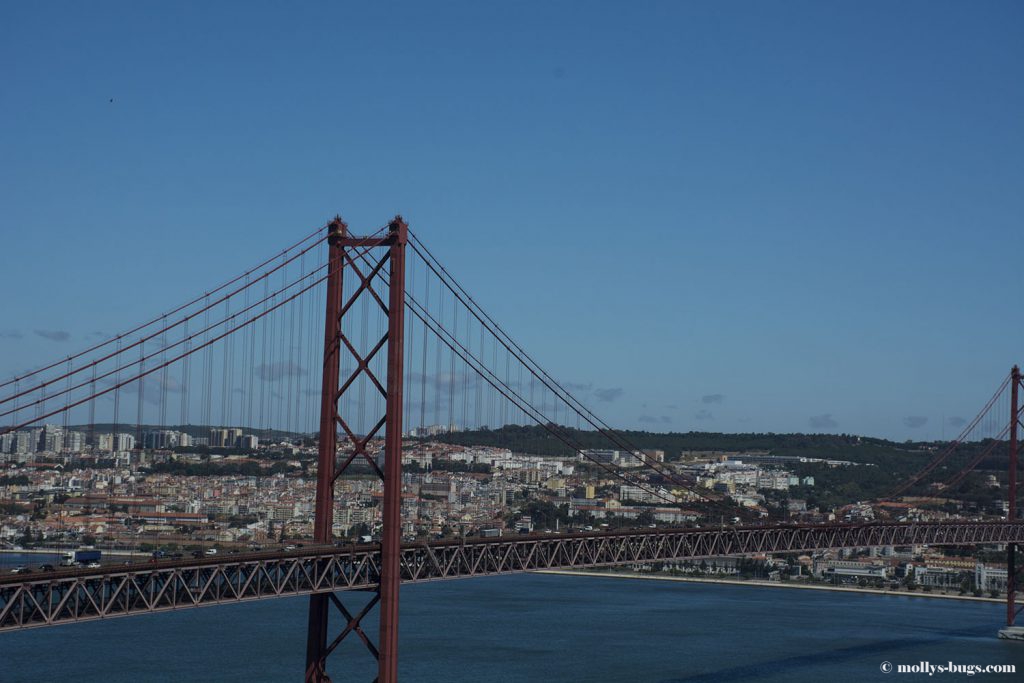
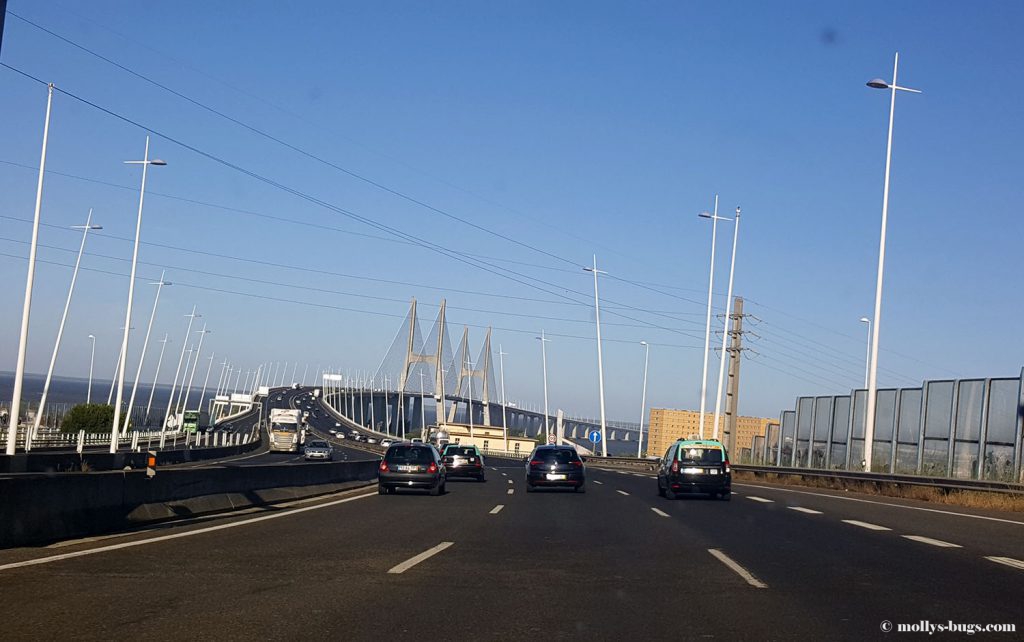
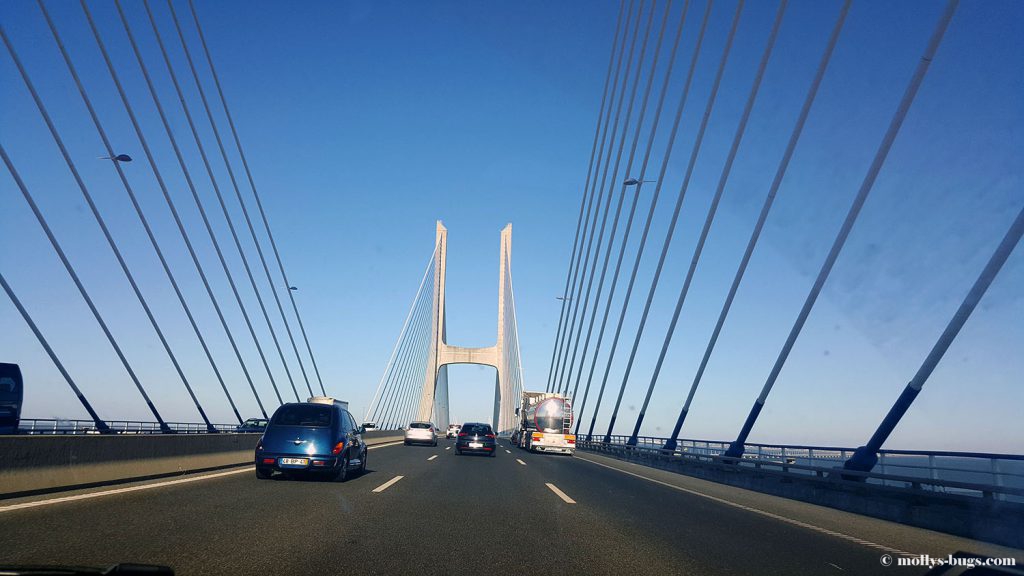
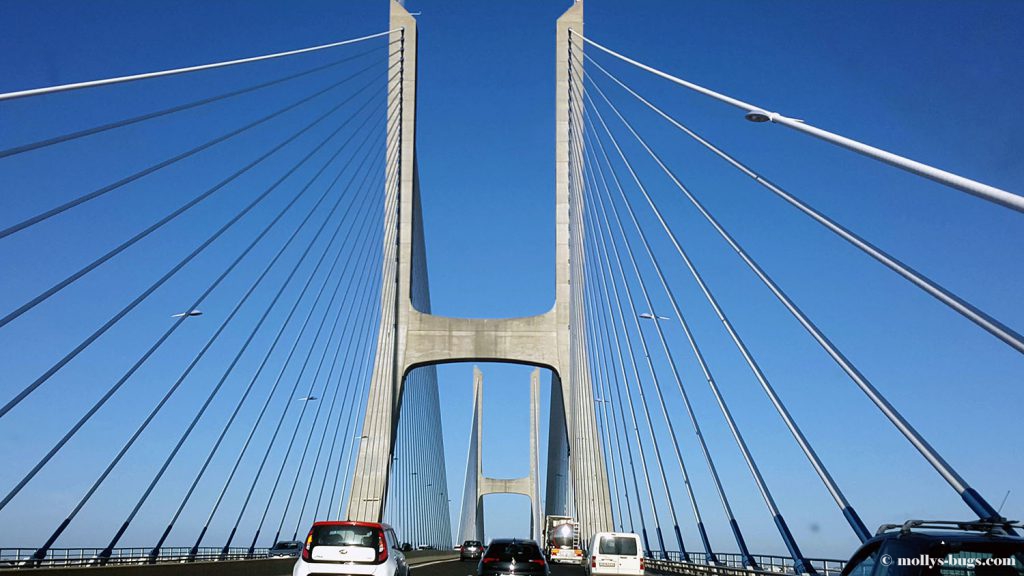
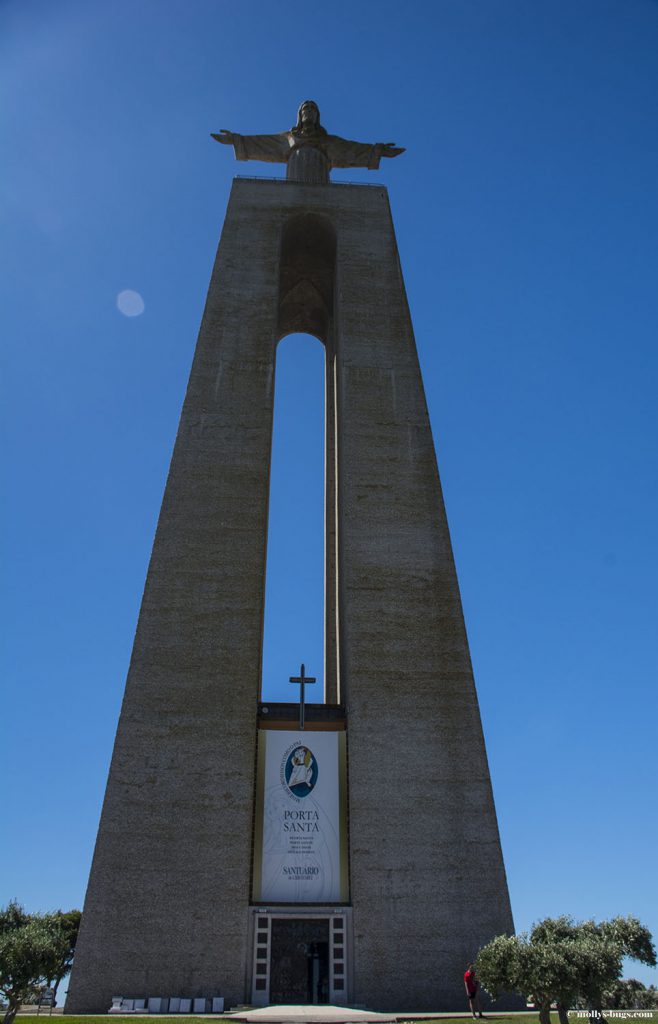
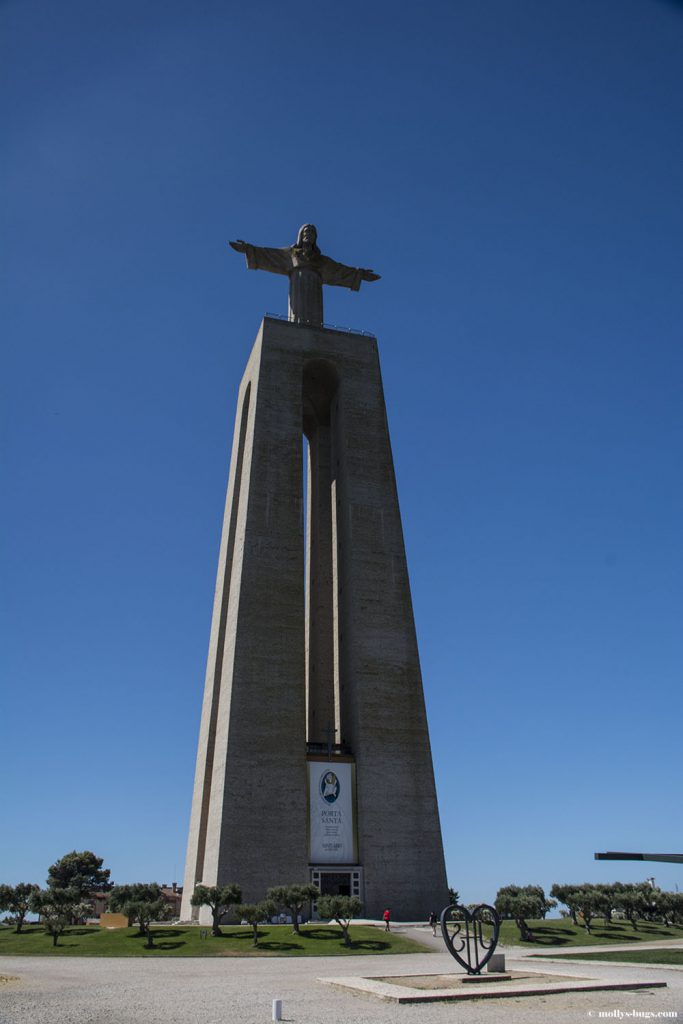
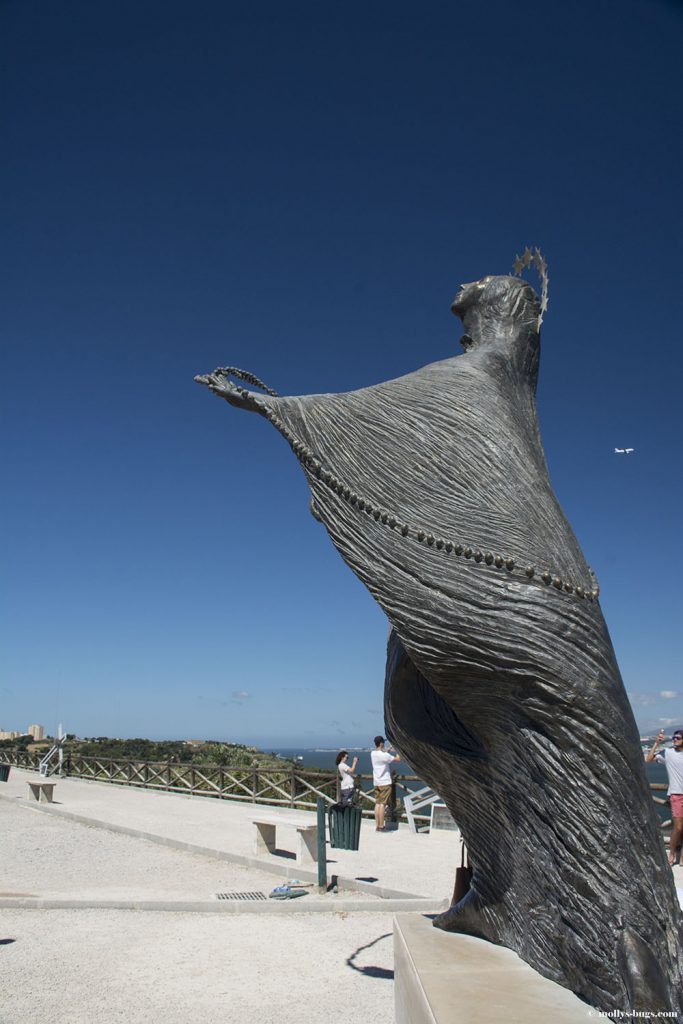
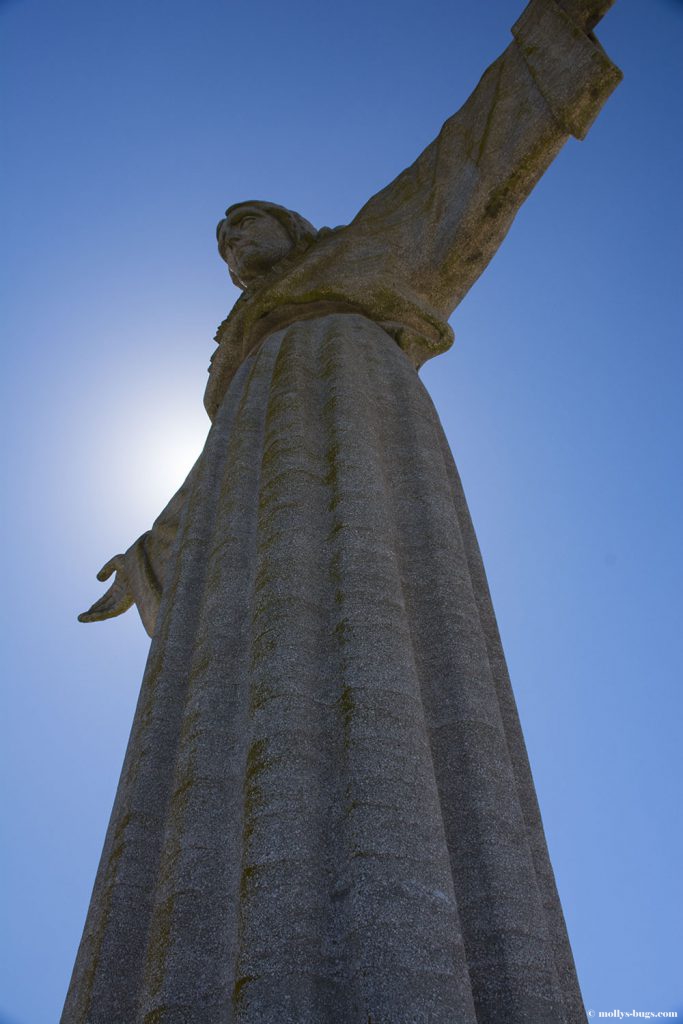
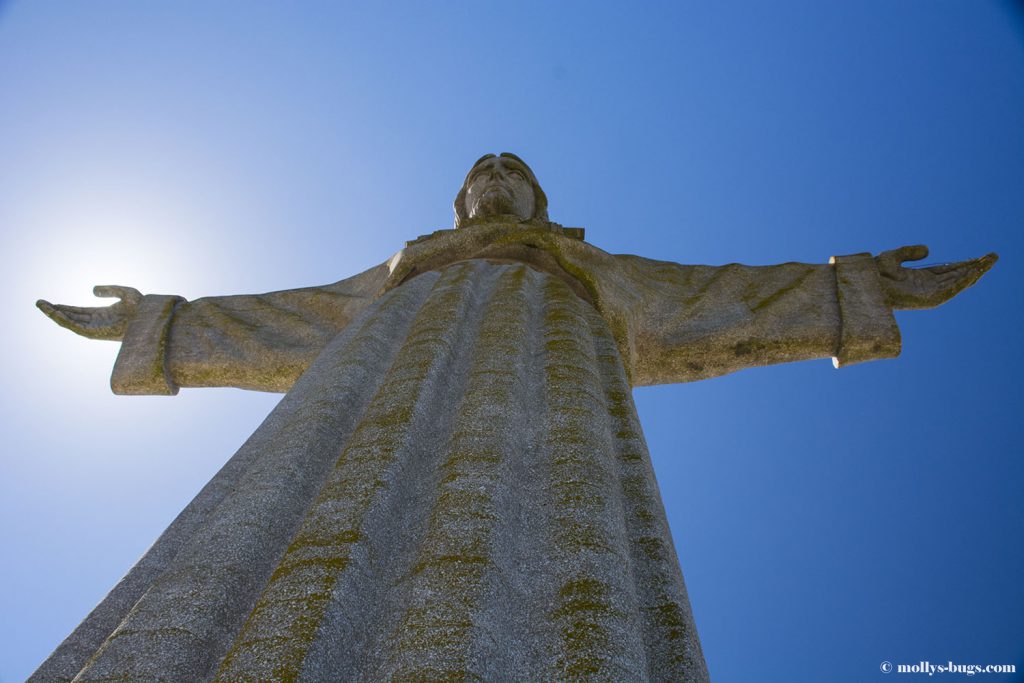
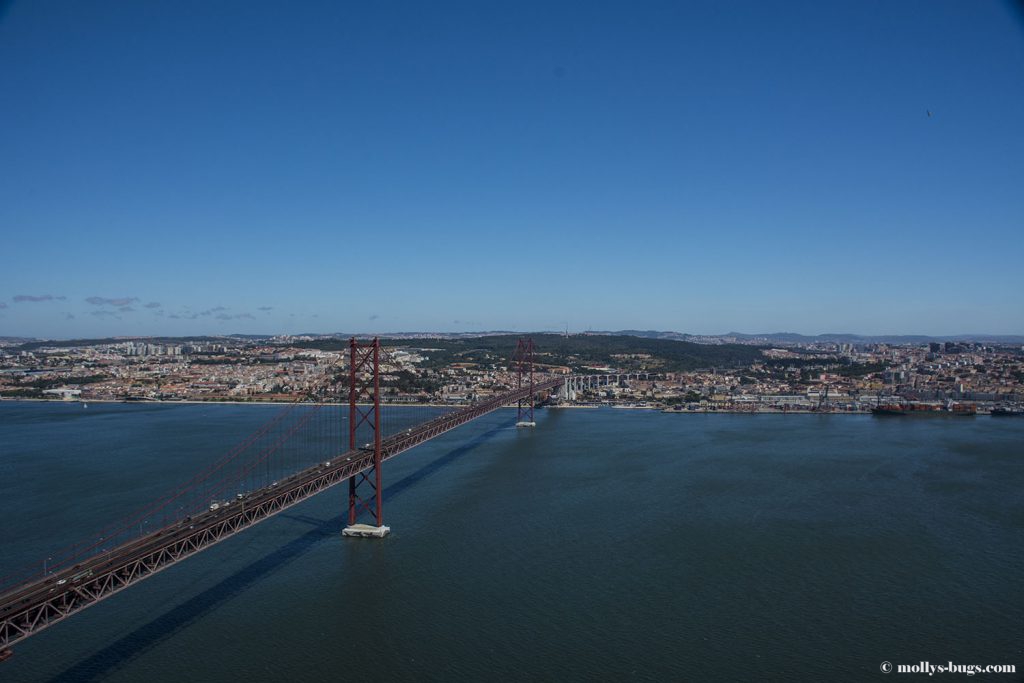
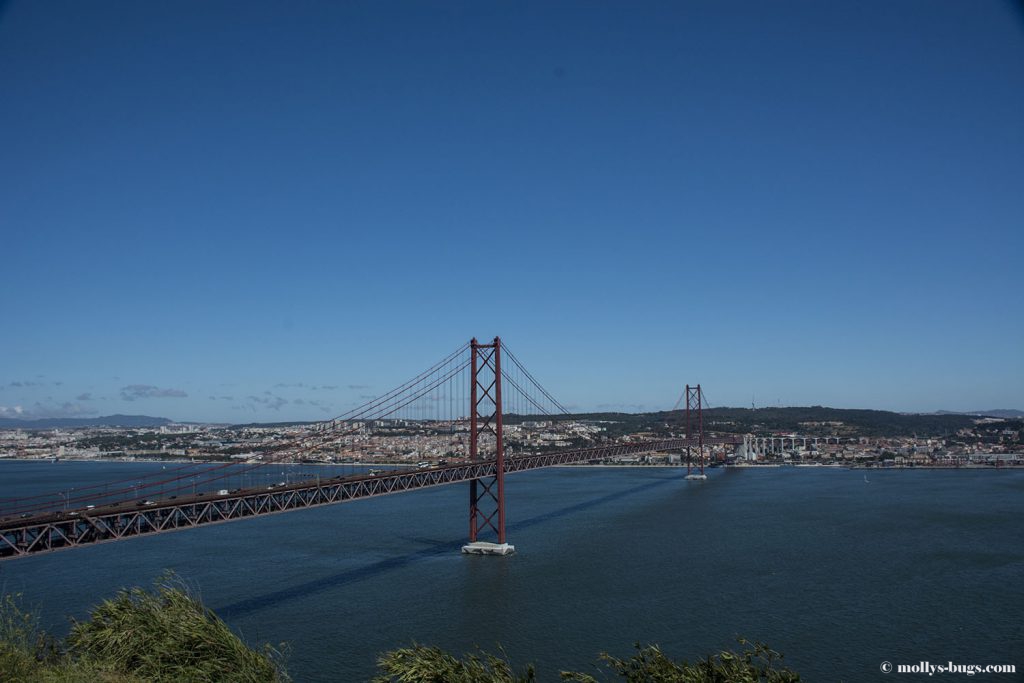
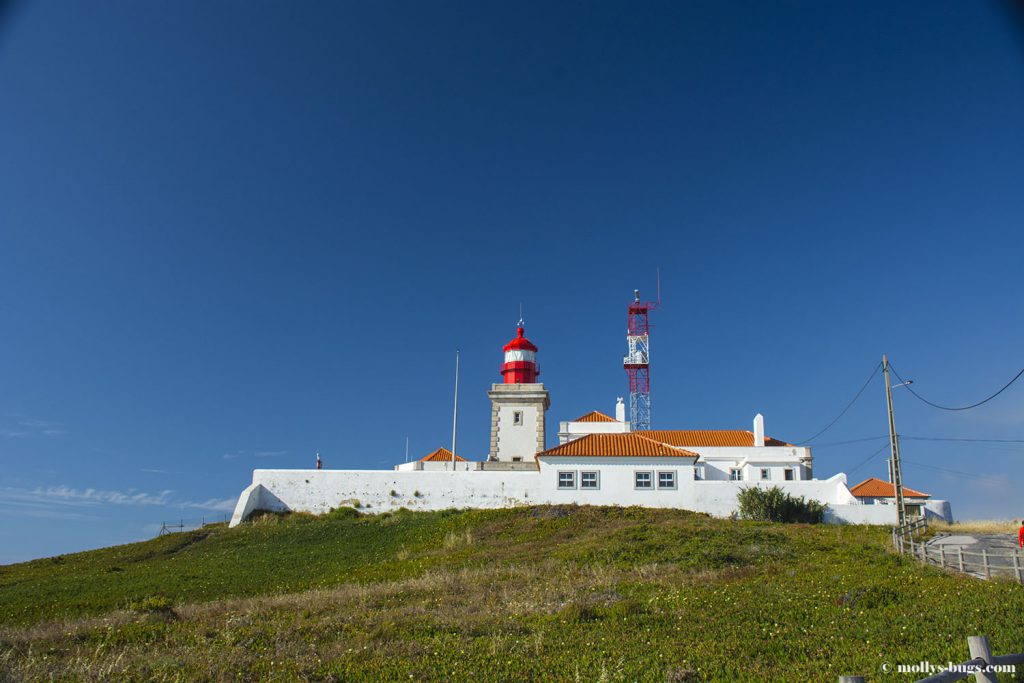
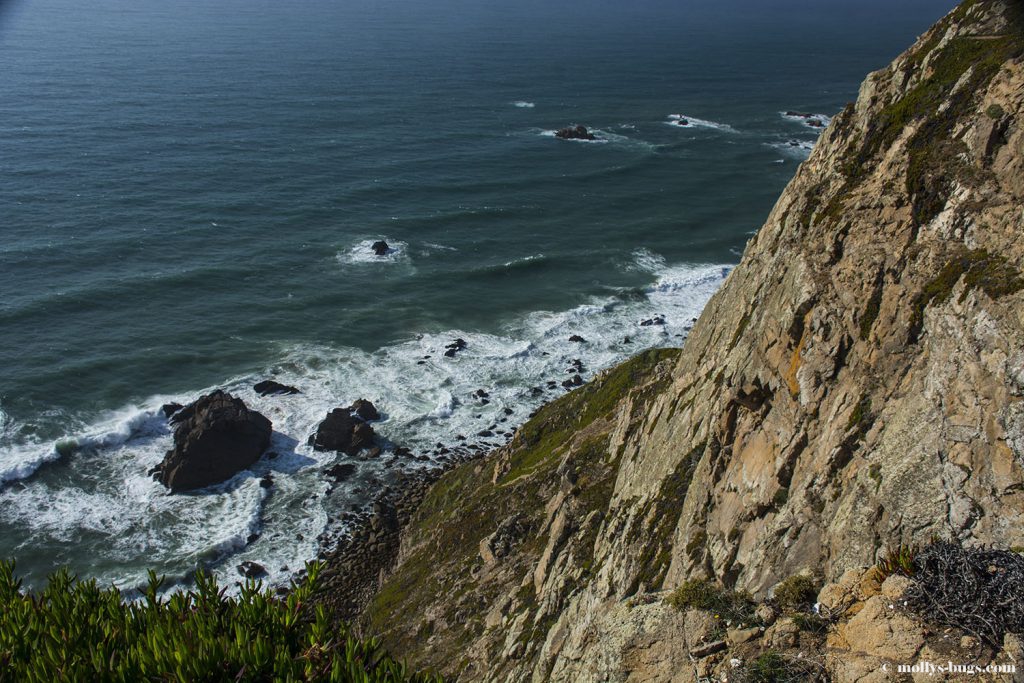
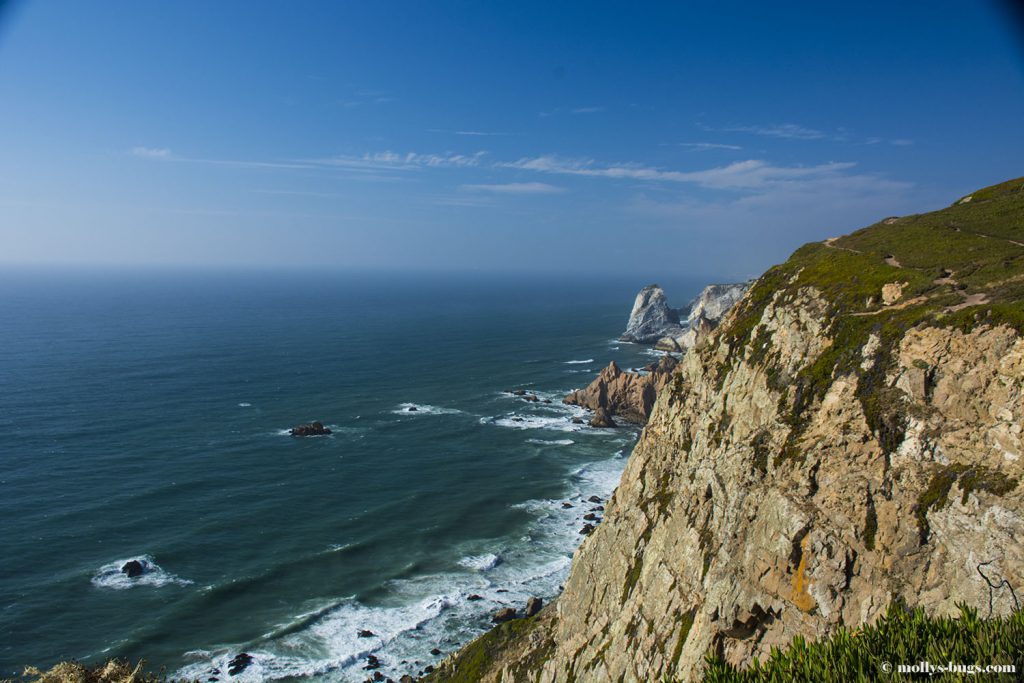
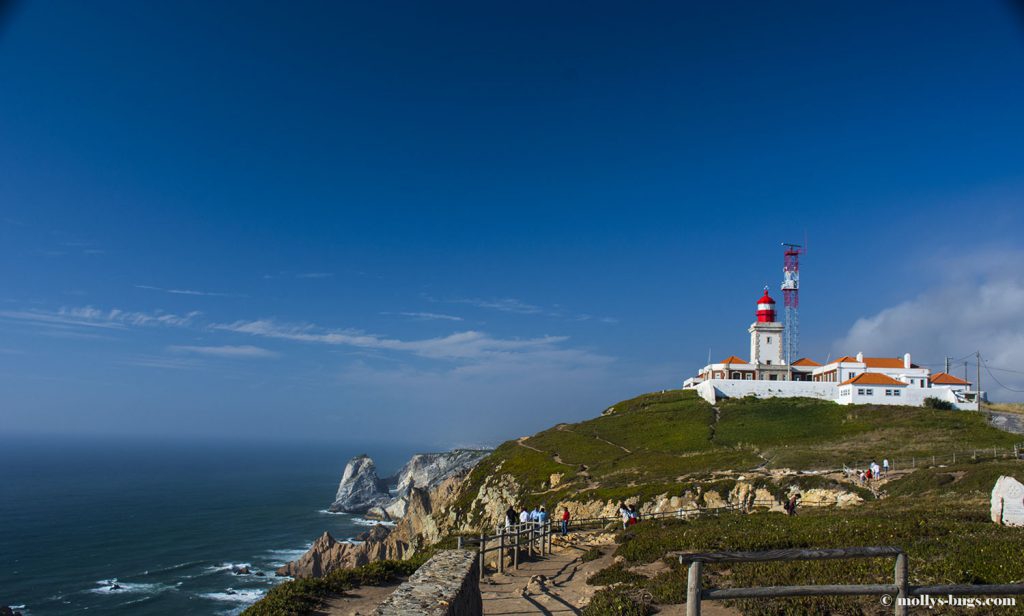
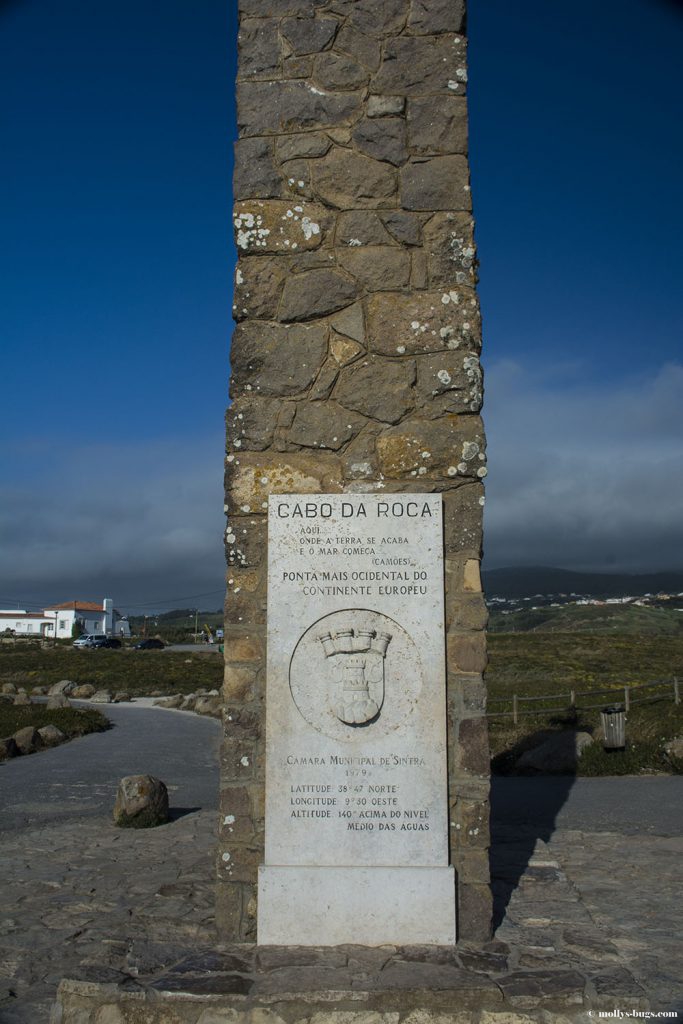
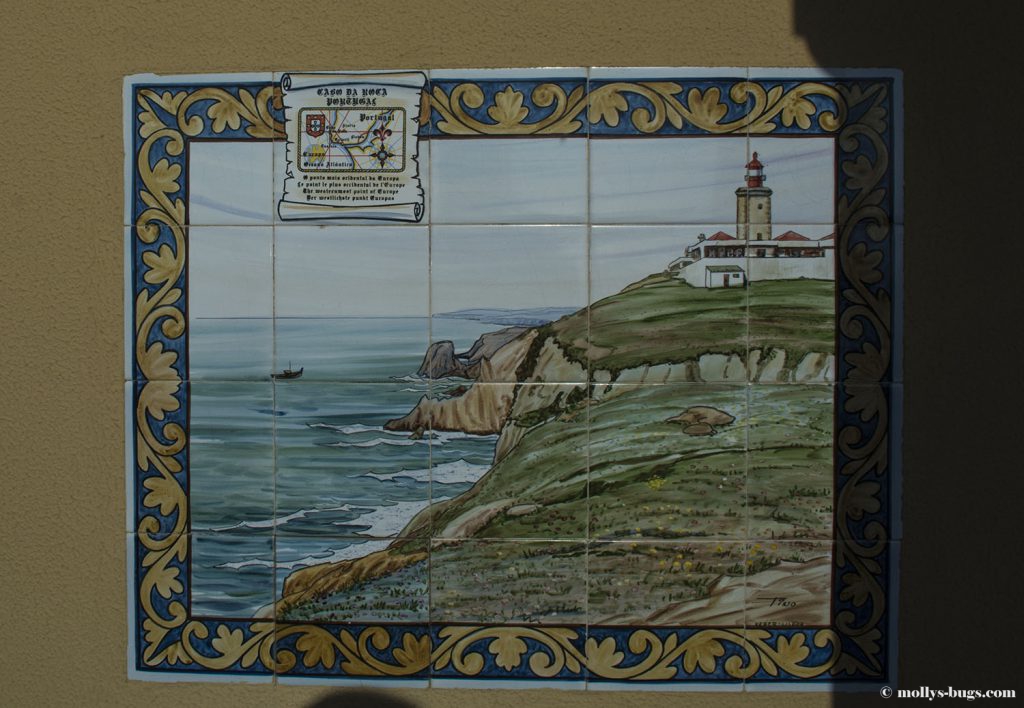
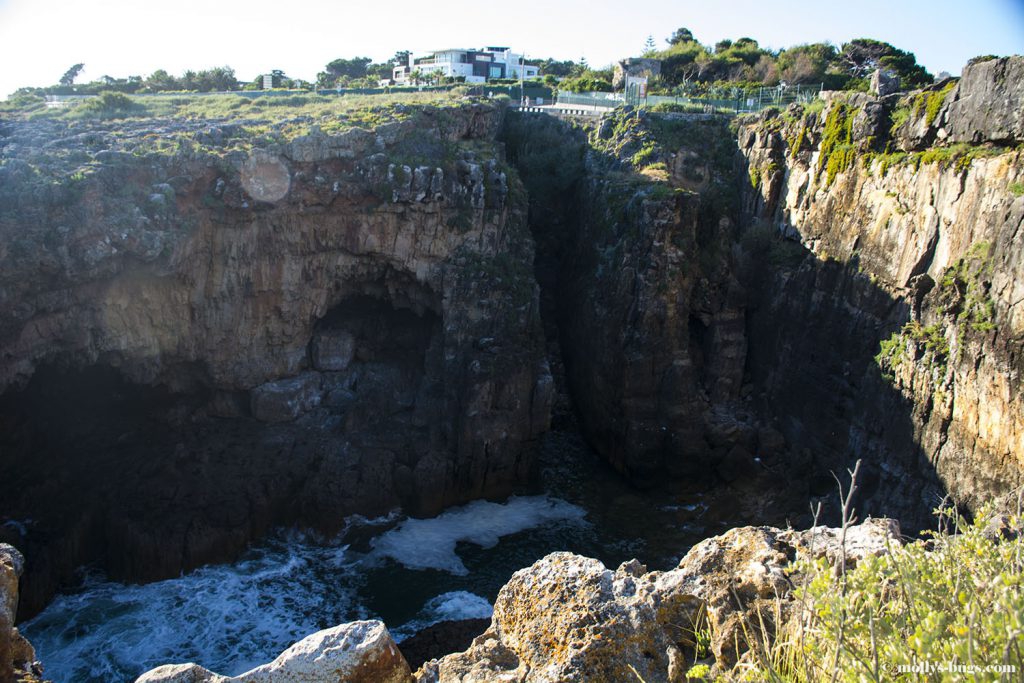
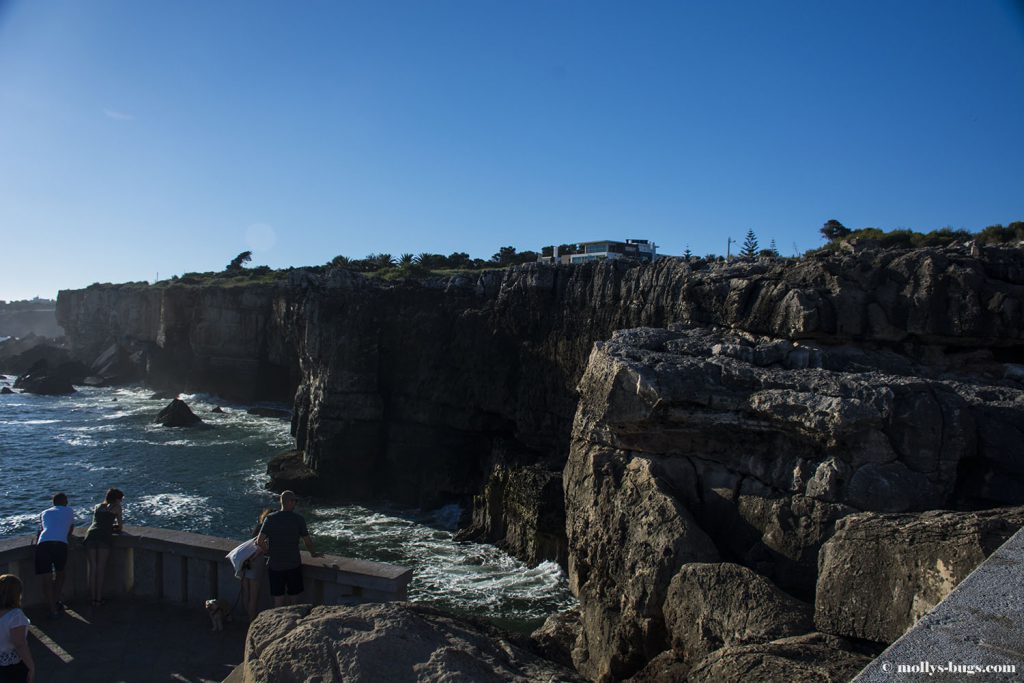
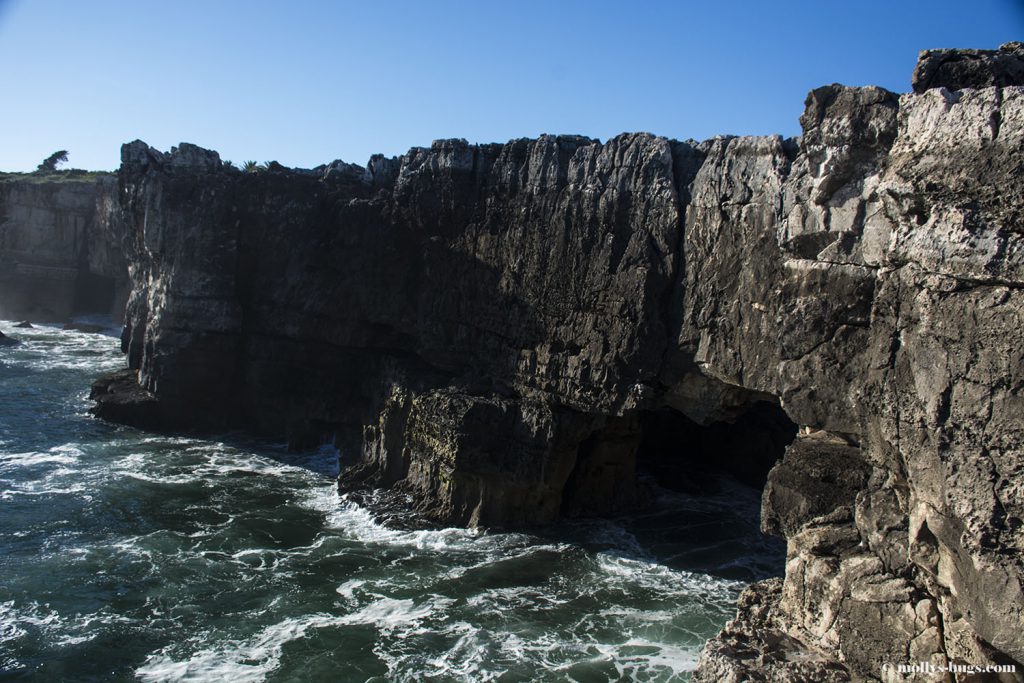
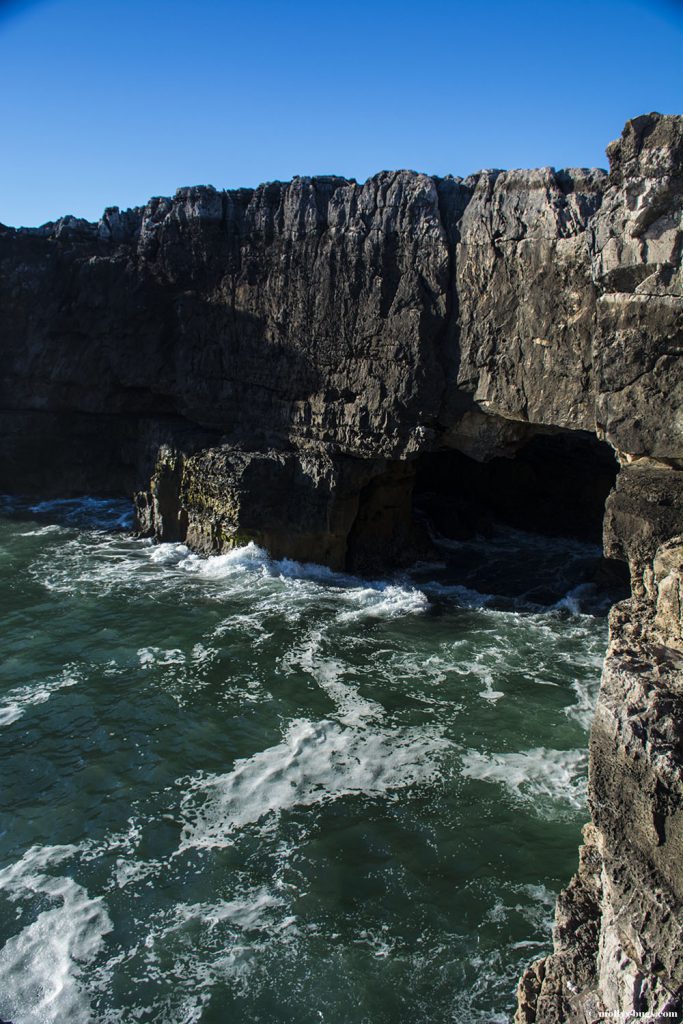
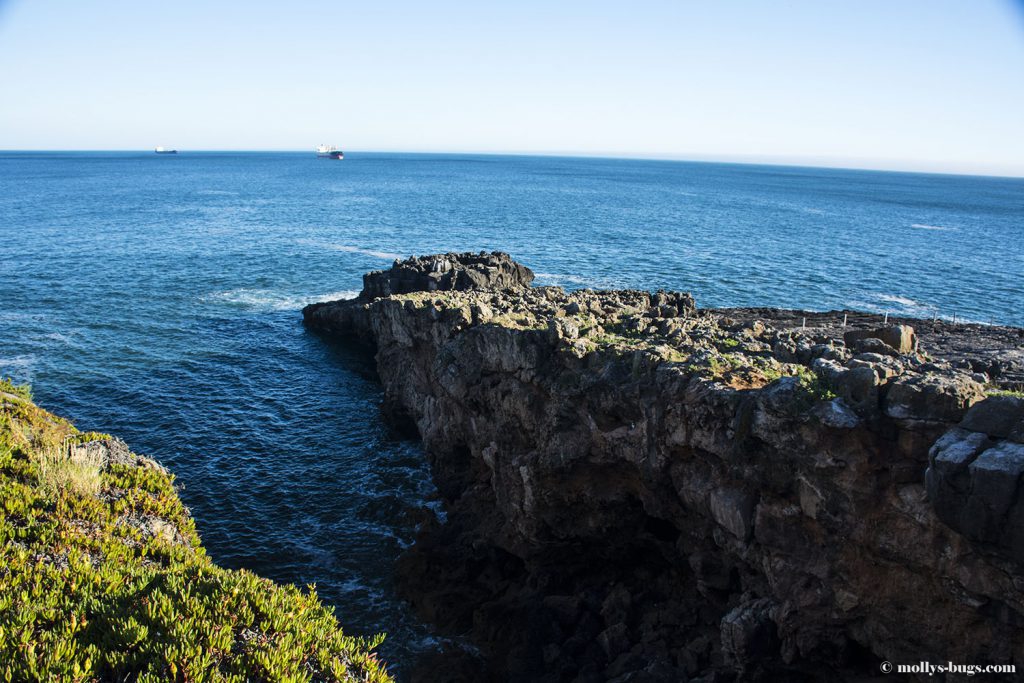
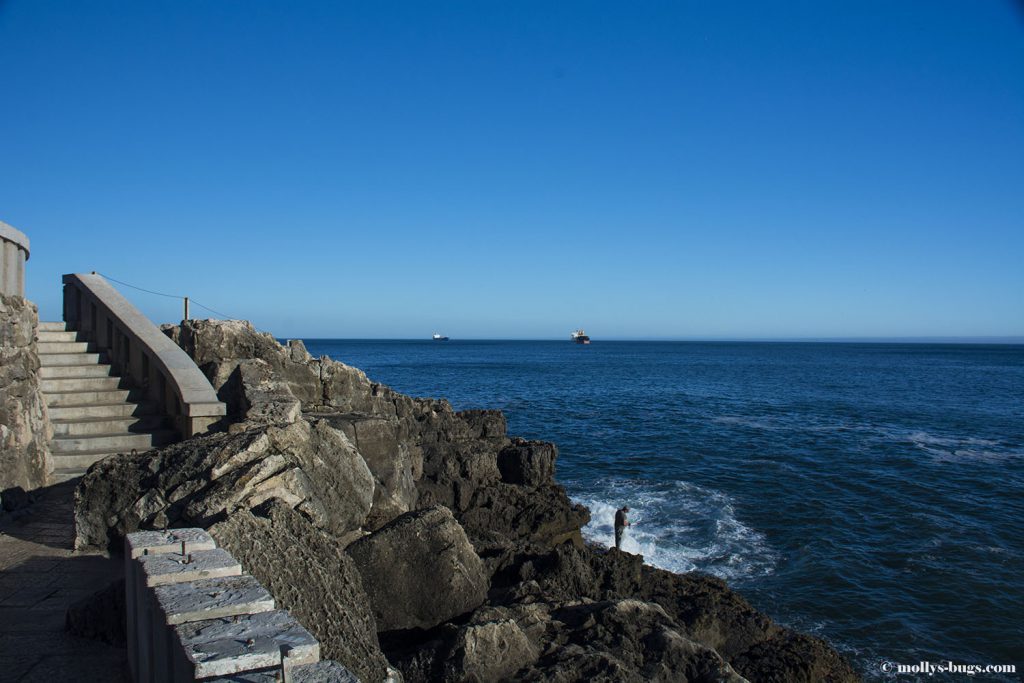
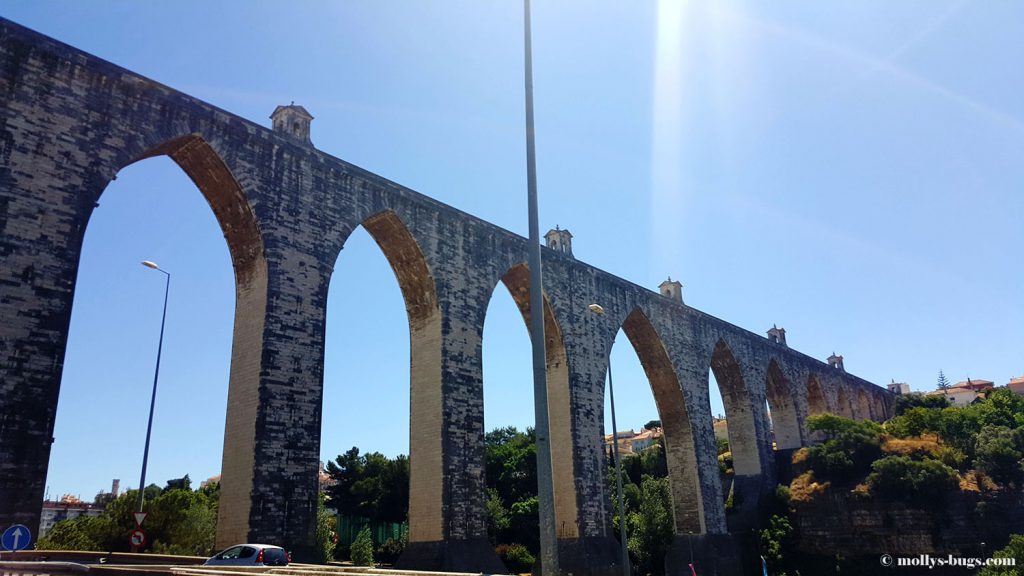
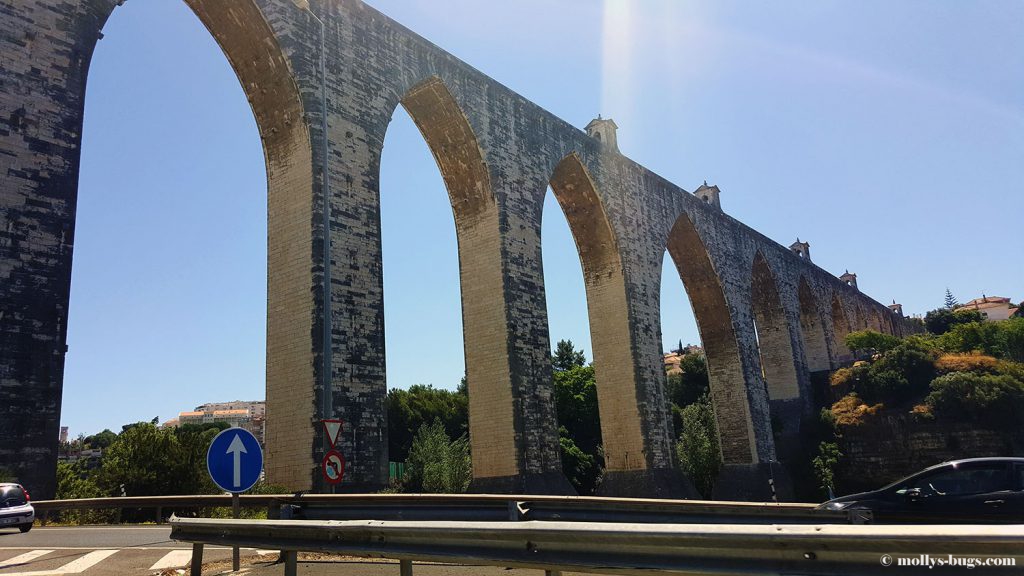
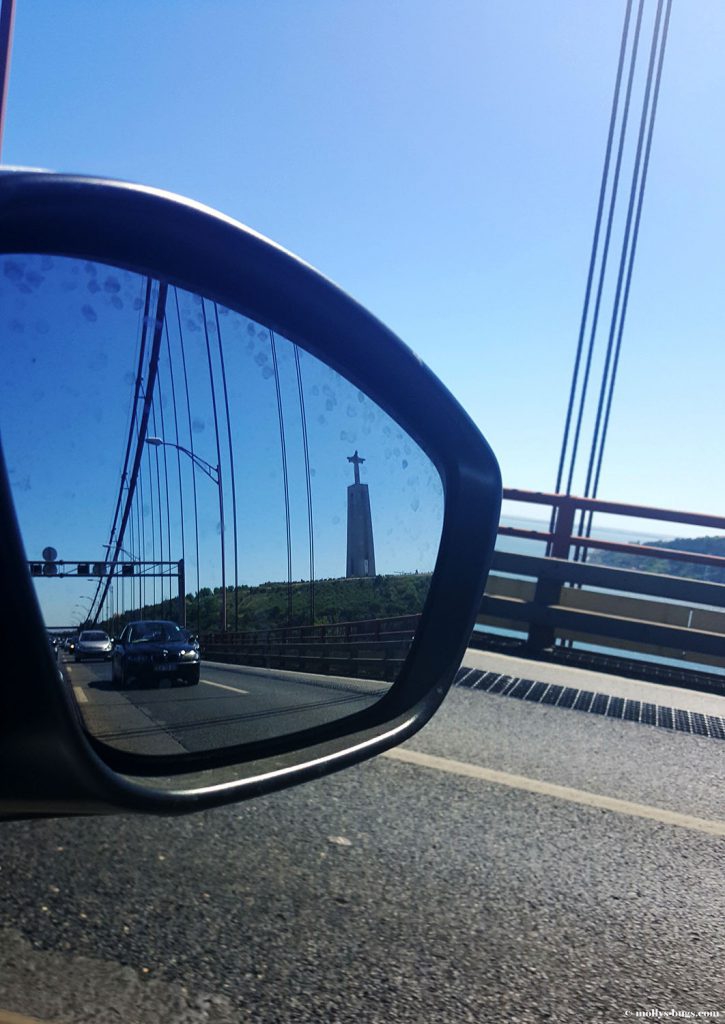

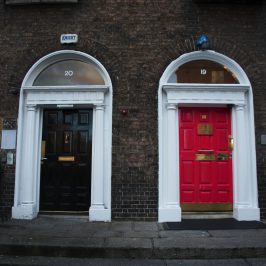
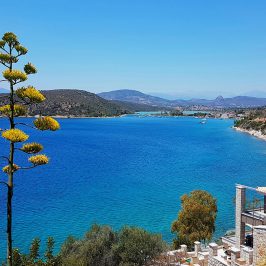
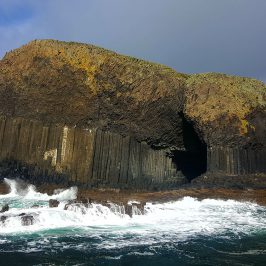


Leave a Reply